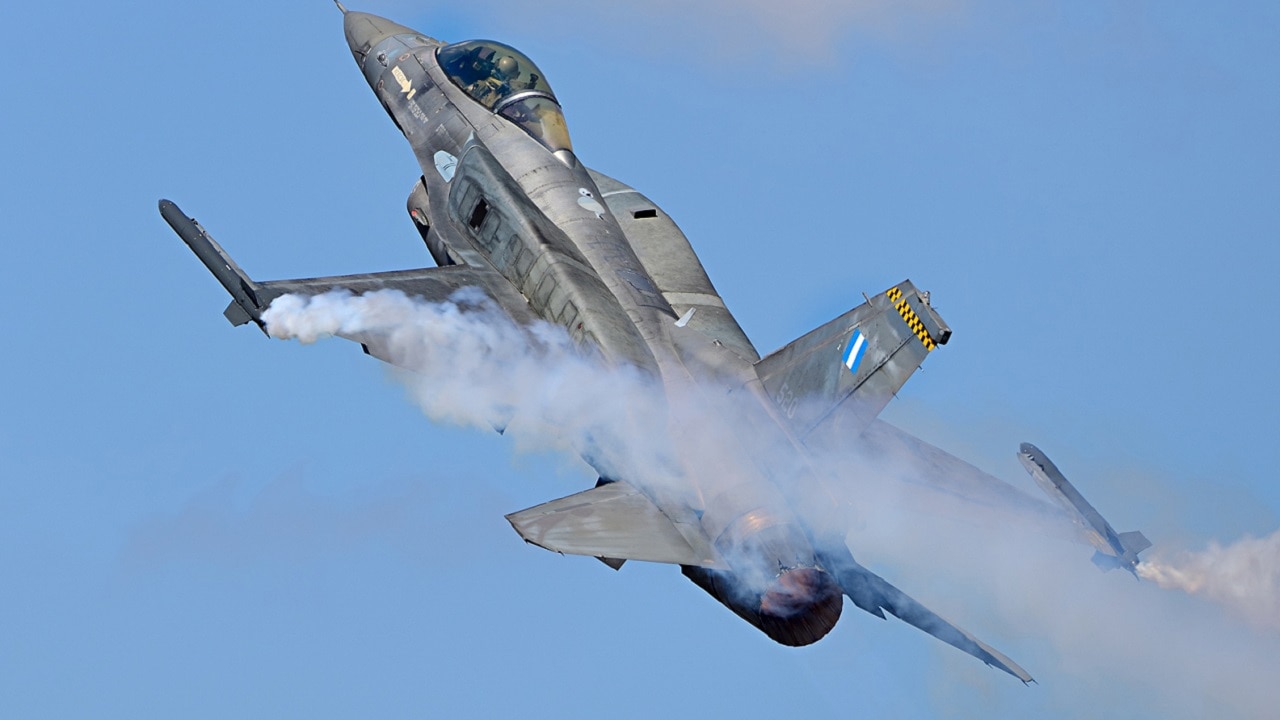The F-16 Fighting Falcon has been a workhorse of the United States Air Force for nearly fifty years. Yet thanks to ongoing upgrade programs, the F-16 is still a reliable, relevant airframe.
The newest F-16 is known as the Block 70, which Lockheed Martin touts as “the newest and most advanced F-16 equipped with new capabilities based on the advanced F-16V configuration.”
The primary improvement? Endurance. The Block 70 “provides a new aircraft structure that lasts 50 percent longer than previous production F-16 aircraft.”
Agility is a Strength
Light and maneuverable, the F-16 has always been a capable aircraft. The jet first flew in 1974 before entering service in 1978. Aside from a one-year hiatus (in 2018), the fighter has been produced continuously since 1973; nearly 5,000 have been produced. In fact, more F-16s are currently in military service than any other fixed-wing aircraft. And the Block 70 improvements ensure that the F-16 is going to be around for years to come.
The Block 70 integrates new technologies into the Cold War-era airframe, “most notably the advanced Active Electronically Scanned Array (AESA) radar with a new avionics architecture.” AESA is a type of phased array antenna that is computer-controlled.
The AESA electronically steers a beam of radio waves in different directions, resulting in a more advanced and sophisticated radar device than earlier PESA models. Several advantages accompany the AESA, including the ability to form multiple radar beams simultaneously and the ability to confuse scanning frequencies on traditional, correlation-type radar detectors. The AESA has a low probability of intercept and a high resistance to being jammed.
Block 70 Upgrades Beyond Endurance
Additional upgrades include “an advanced datalink, targeting pod and weapons; precision GPS navigation and the Automatic Ground Collision Avoidance System (Auto GCAS).”
And then there are the structural upgrades that “extend the structural life of the aircraft by more than 50 percent beyond that of previous production F-16 aircraft.” On account of the upgrades, the U.S. Air Force “authorized extending the service life of the Lockheed Martin F-16’s designed service life to 12,000 Equivalent Flight Hours – far beyond the aircraft’s original design service life of 8,000 hours,” Lockheed Martin reported.
“This accomplishment is the result of more than seven years of test, development, design, analysis, and partnership between the US Air Force and Lockheed Martin,” Susan Ouzts, the vice president of Lockheed Martin’s F-16 program, said. “Combined with F-16 avionics modernization programs like the F-16V, SLEP modifications demonstrate that the Fighting Falcon remains a highly capable and affordable 4th generation option for the US Air Force and international F-16 customers.”
Speaking of international customers: the F-16 has many.
Israel, for example, has made the F-16 integral to the Israeli Air Force. Actually, the F-16’s first ever air-to-air combat success occurred when an IAF Fighting Falcon shot down a Syrian Mi-8 helicopter, using cannon fire. The Israelis conducted the F-16’s first significant air-to-ground operation, too, known as Operation Opera – a raid that severely damaged an Iraqi nuclear reactor that Saddam Hussein was constructing in the early 80s near Baghdad.
Pakistan has heavily relied on the Falcon, too. Pakistani operators used the F-16 during the Soviet-Afghan War – shooting down Su-22s, Mig-23s, and An-26s; Pakistan flew over 5,500 F-16 sorties against the Taliban; more recently, the Pakistanis have used the F-16 to shoot down Indian aircraft, including a UAV, a Mig-21, and a SU-30MKI, during skirmishes over Kashmir.
Turkey has been using the Falcon since the 1980s, often engaging in skirmishes with their Greek counterparts. More recently, Turkish forces have employed the F-16 in conflicts against the Kurdish and in the Syrian Civil War.
Other international F-16 operators include Egypt, Netherlands, Belgium, Norway, Venezuela, Bahrain, and Morocco. And just last spring, the U.S. approved a $1.6 billion sale of F-16 Block 70s to Bulgaria. “According to U.S. officials, the government of Bulgaria’s requested purchase of the 4th generation NATO fighter included four F-16 C Block 70 aircraft, four F-16 D Block 70 aircraft and 11 F-100-GE-129D engines,” Flying Mag reported.
Bulgaria is working to modernize its air force – and also improve its NATO interoperability. As Lockheed Martin declared: “with more than 700 F-16s flying in Europe today, Bulgaria will benefit from having a truly interoperable single-engine fighter enabling it to fully participate in coalition activities such as peacekeeping operations.”
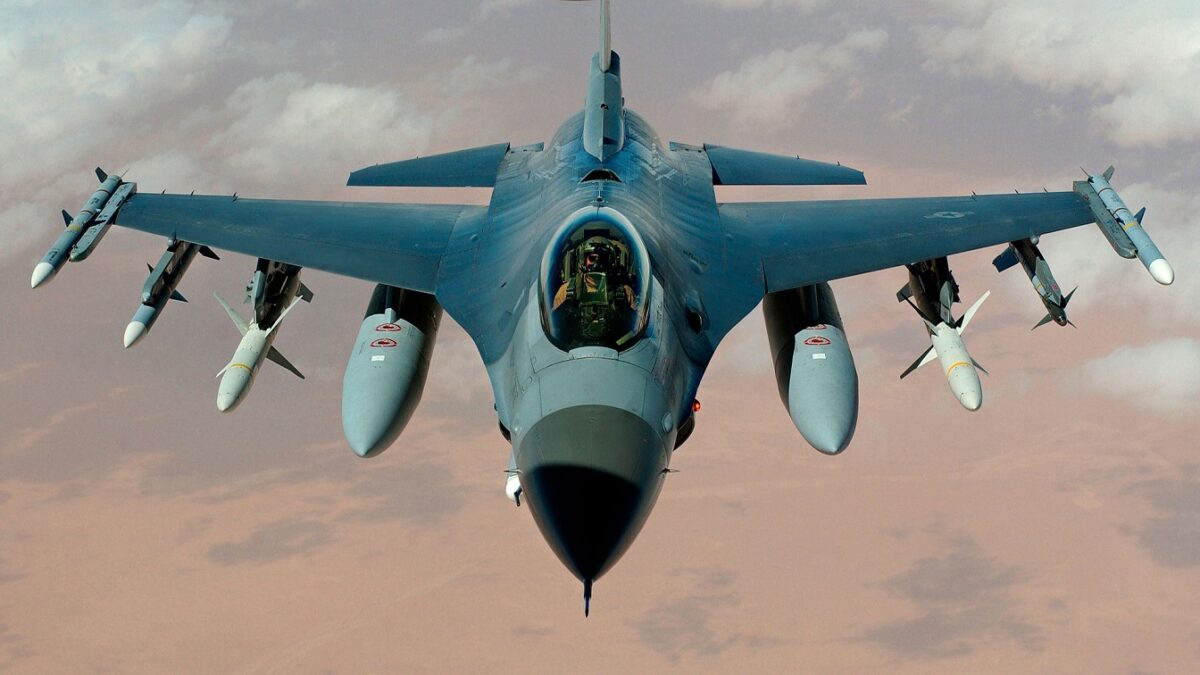
A U.S. Air Force F-16 Fighting Falcon flies a mission in the skies near Iraq on March 22, 2003 during Operation Iraqi freedom. The plane is armed with HARM missiles.
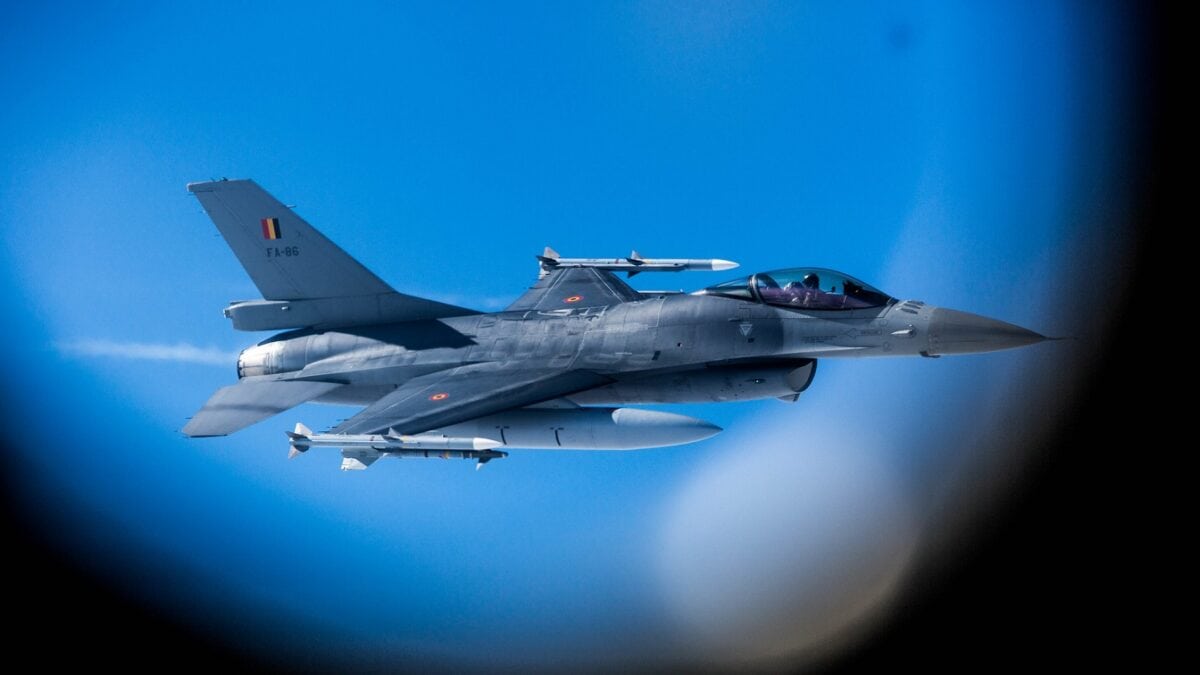
NATO F-16. Image Credit: NATO Flickr.
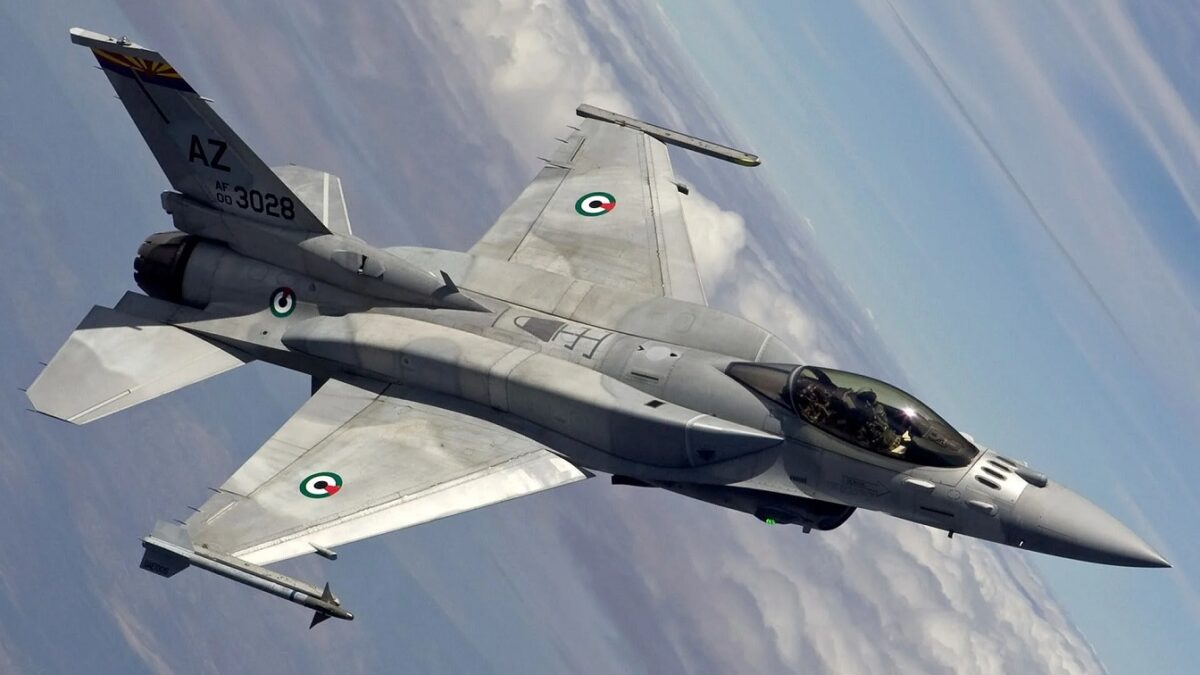
Image: Creative Commons.
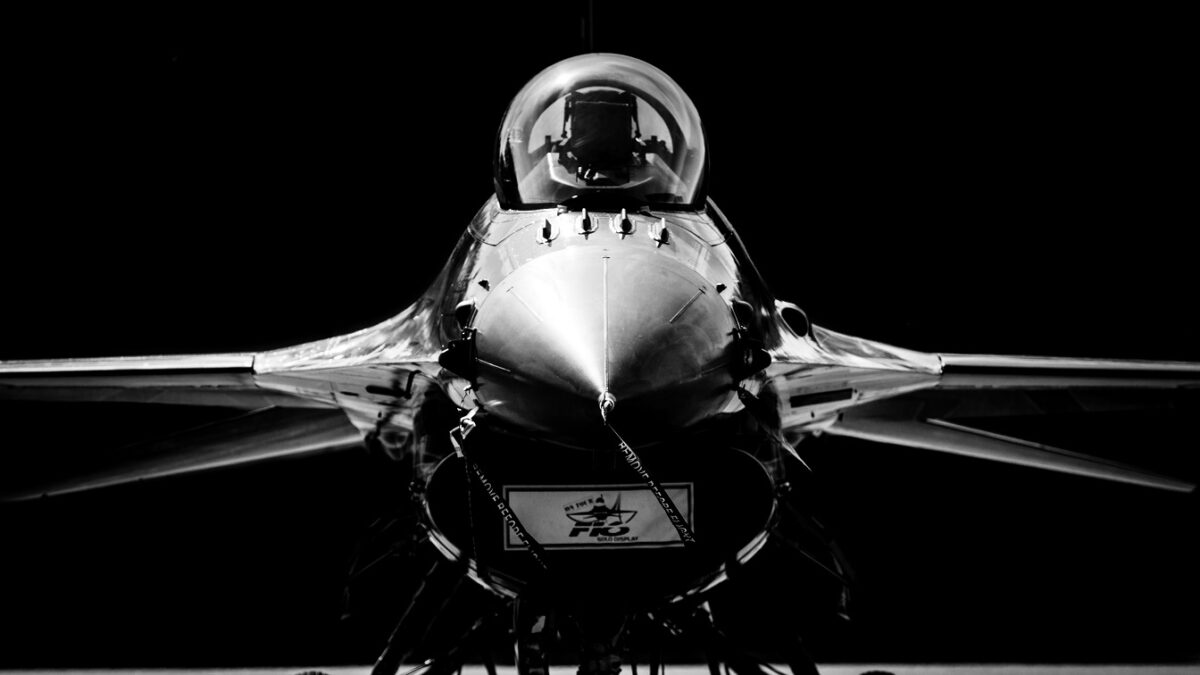
F-16. Image Credit: Creative Commons.
Expert Biography: Harrison Kass is the Senior Editor at 19FortyFive. An attorney, pilot, guitarist, and minor pro hockey player, he joined the US Air Force as a Pilot Trainee but was medically discharged. Harrison holds a BA from Lake Forest College, a JD from the University of Oregon, and an MA from New York University. He lives in Oregon and listens to Dokken. Follow him on Twitter @harrison_kass.

